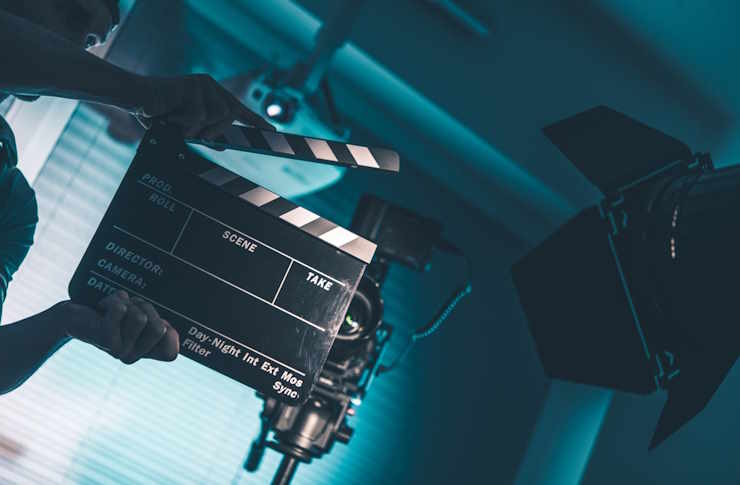Self-Tapes, Headshots, and Reels for Background Talent
Want to step onto a professional set as background talent but unsure what materials you really need to get noticed by casting? This guide explains how to prepare practical self-tapes, current headshots, and simple reels that match industry expectations for background work in the United States, without overspending or overcomplicating your toolkit.

Stepping into background work is a smart, low-pressure way to learn how sets operate while building confidence and on-camera experience. Your materials do not need to look like a feature film; they need to be clear, current, and easy for casting to review quickly. With a few practical steps, you can prepare reliable self-tapes, headshots, and reels that reflect your actual look, basic skills, and availability, helping you submit effectively for projects in your area.
How to start acting for background roles?
For newcomers, the essentials are accurate personal details, clear photos, and simple video samples when requested. Begin by identifying the types you can reasonably play based on your age range, grooming, and wardrobe. Then assemble a current headshot that shows your everyday appearance, plus a full-body photo. A concise slate video stating your name, location, and general availability is often enough. Think of this as How To Start Acting: Your Guide To Getting Background Roles In Movies and TV distilled to the basics.
When a self-tape is requested, keep it straightforward. Use a quiet room, a neutral wall, and soft, even lighting from a window or two lamps. Set your phone on a tripod at eye level and record in horizontal 1080p. Wear camera-friendly solid colors, avoid busy patterns, and follow the prompt exactly. If you must walk or turn for a profile, frame from mid-chest up. Name files with your full name and role label so casting can sort them quickly.
Beyond the lead: opportunities for background actors
Background work extends beyond filling space; reliable performers help continuity, atmosphere, and scene logic. Arriving prepared and focused can lead to featured background, stand-in, or photo double opportunities. If you have specialized skills such as dance, sports, or basic stage combat, list them accurately. A short montage can support Beyond The Lead Role: Exploring Opportunities As A Background Actor In Cinema by showing how you move on camera, hit marks, and take direction without pulling focus.
A reel for background talent should be optional and short, especially if you are early in your journey. Aim for 20 to 45 seconds of clear clips that show your face and movement in professional contexts. Avoid heavy editing, flashy graphics, and copyrighted music. Keep one neutral title card with your name at the start or end and ensure your look matches your current headshot. If you lack footage, a clean slate plus a simple walk-and-turn video is sufficient for many background submissions.
Finding work in movie and commercial production
Finding consistent background opportunities is about organization and credibility. Build a basic profile with your current measurements, union status if applicable, visible tattoos or piercings, and reliable contact details. Maintain separate photos showing different looks such as business, casual, and upscale evening wear, using your own wardrobe. This serves as A Guide To Finding Work In Movie and Commercial Production by letting casting quickly slot you into scenes that need specific attire or style.
When submitting, follow listed instructions carefully. Attach one or two photos under typical size limits, use simple file names, and include your city and transportation notes if local hire is expected. Keep a calendar of holds and bookings to avoid conflicts. For self-tapes, share links from reputable cloud or video platforms with open viewing permissions. Keep messages concise, avoid attachments that were not requested, and update your materials whenever your appearance changes.
Conclusion Self-tapes, headshots, and reels for background talent are tools to show truthfully who you are today and how reliably you fit a scene. Prioritize clarity over polish: well-lit smartphone videos, natural headshots, and brief, relevant clips meet most casting needs. By keeping materials current, respecting submission instructions, and presenting versatile wardrobe options, you position yourself for steady consideration in film, television, and commercial environments without overcomplicating the process.




